Once I had returned from exploring Mongolia’s Gorkhi Terelj National Park and UlaanBaatar I would take my 4th and final Trans-Mongolian train, Beijing was a mere 27 hours and 7 minutes (according to the official schedule) and 1,553km away now. This leg would take me across the great Gobi Desert which I had been looking forward to seeing for some time.
The train that you will want to book if you are travelling from Ulaan Baatar to Beijing is the 024 and during the summer it runs twice a week. It is recommended you book early as due to its infrequent running, berths can sellout, particularly during the summer tourist season. A useful site for information is the Travel China Guide and Seat61.
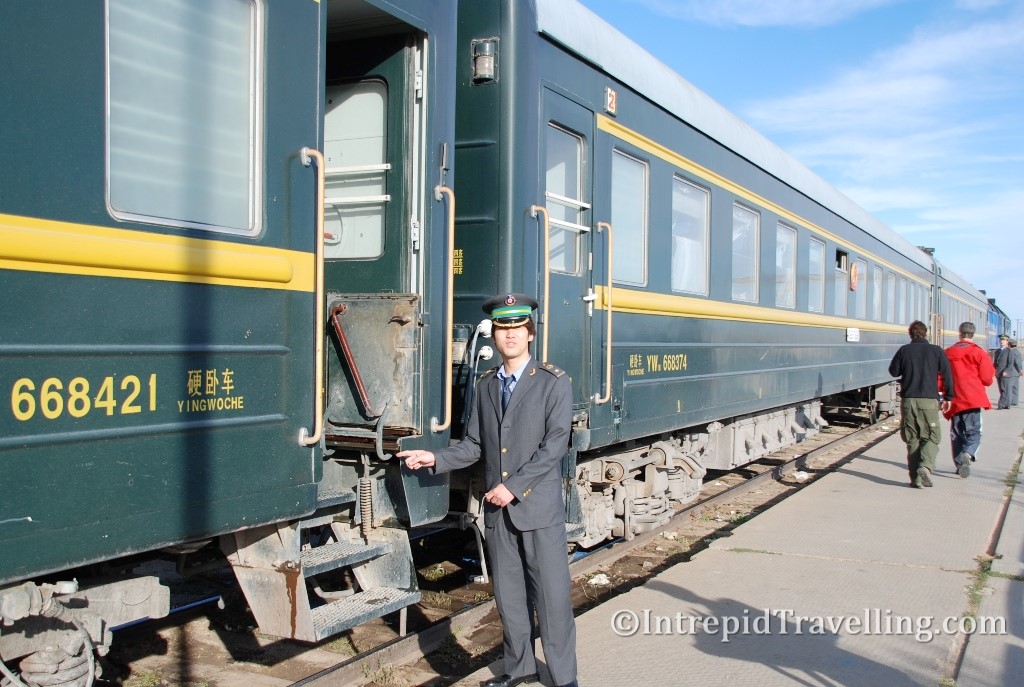
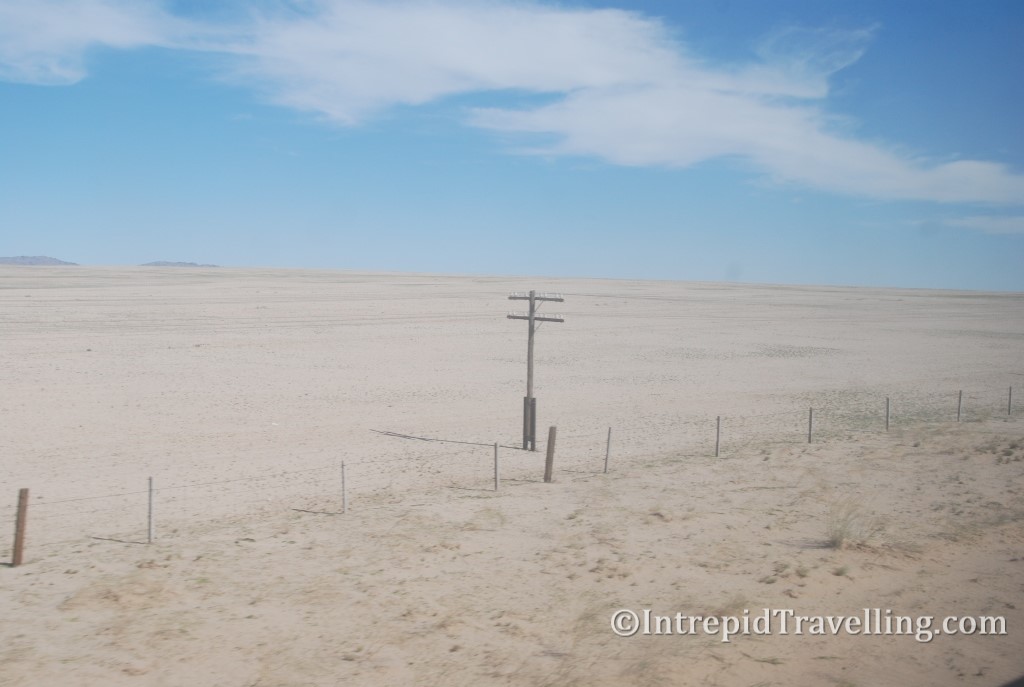
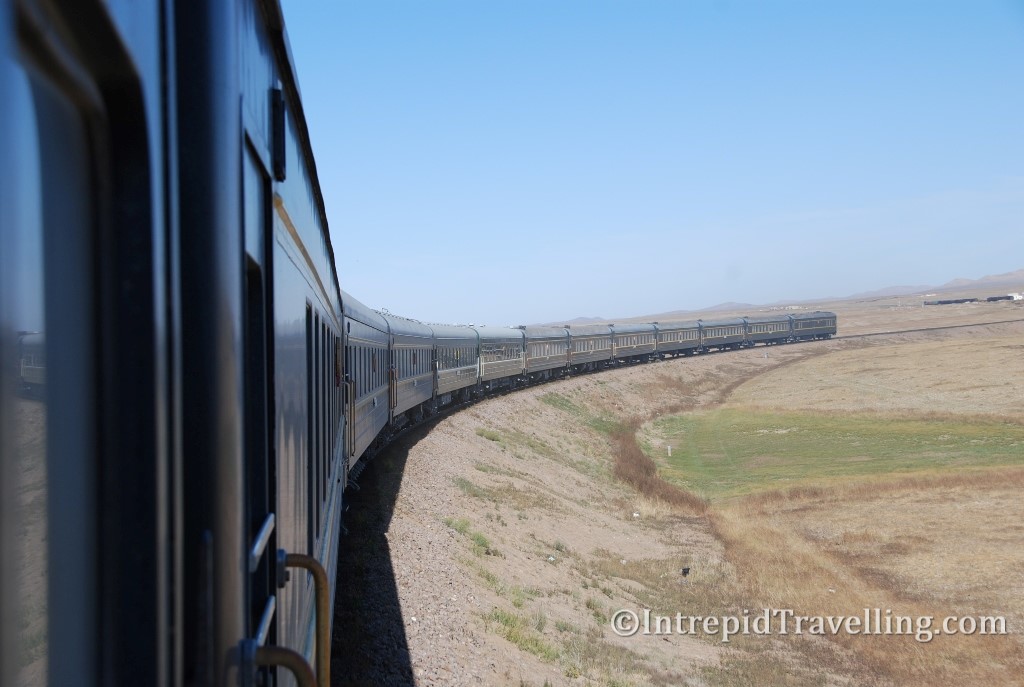
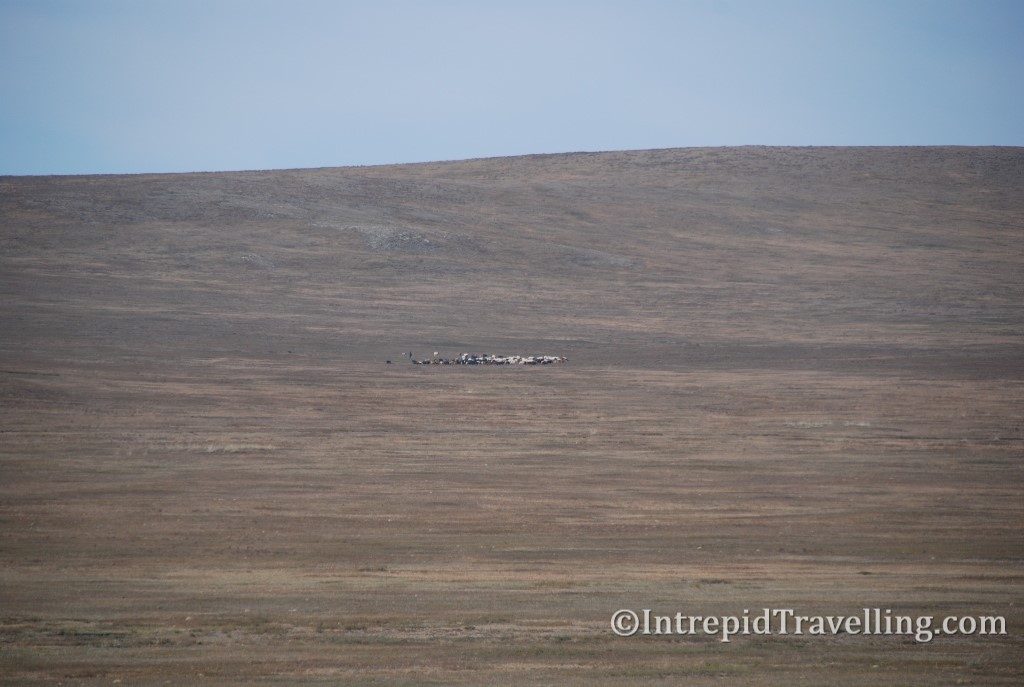
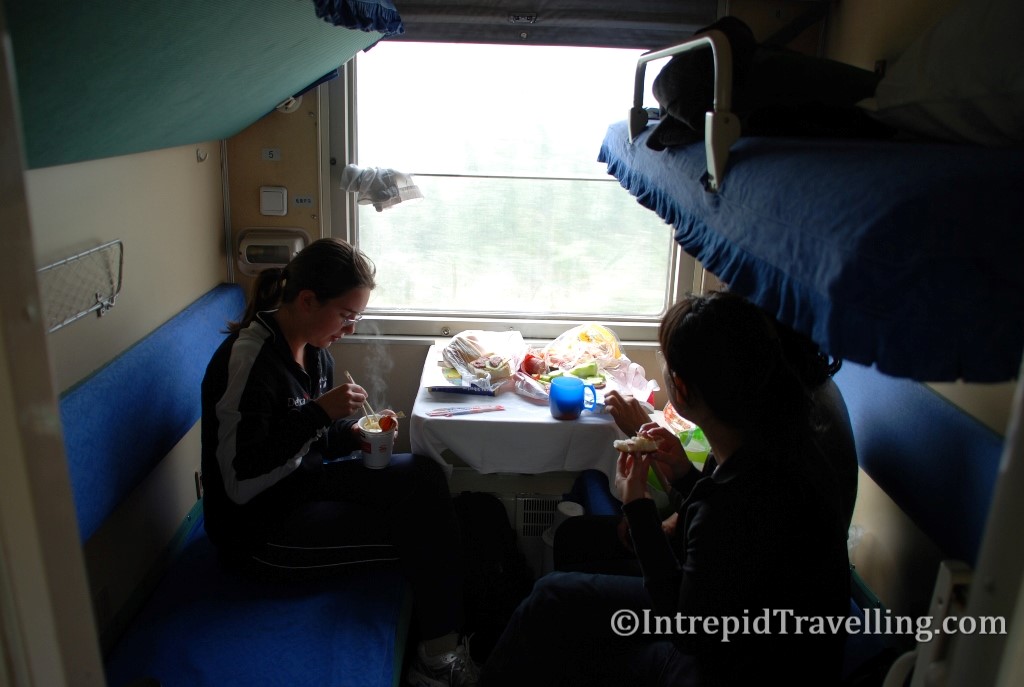
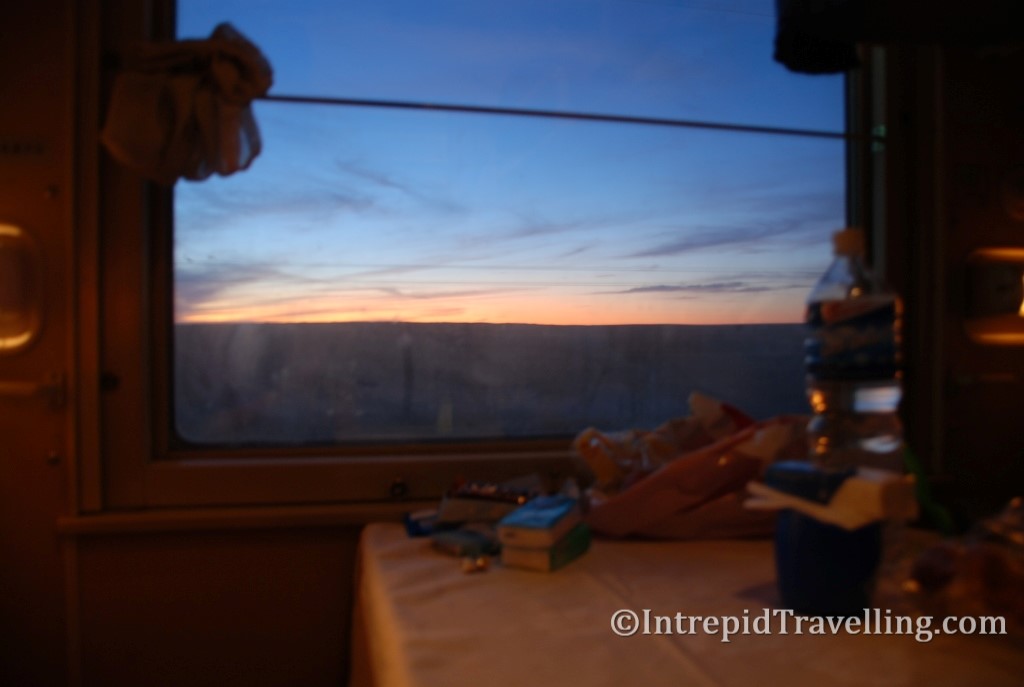
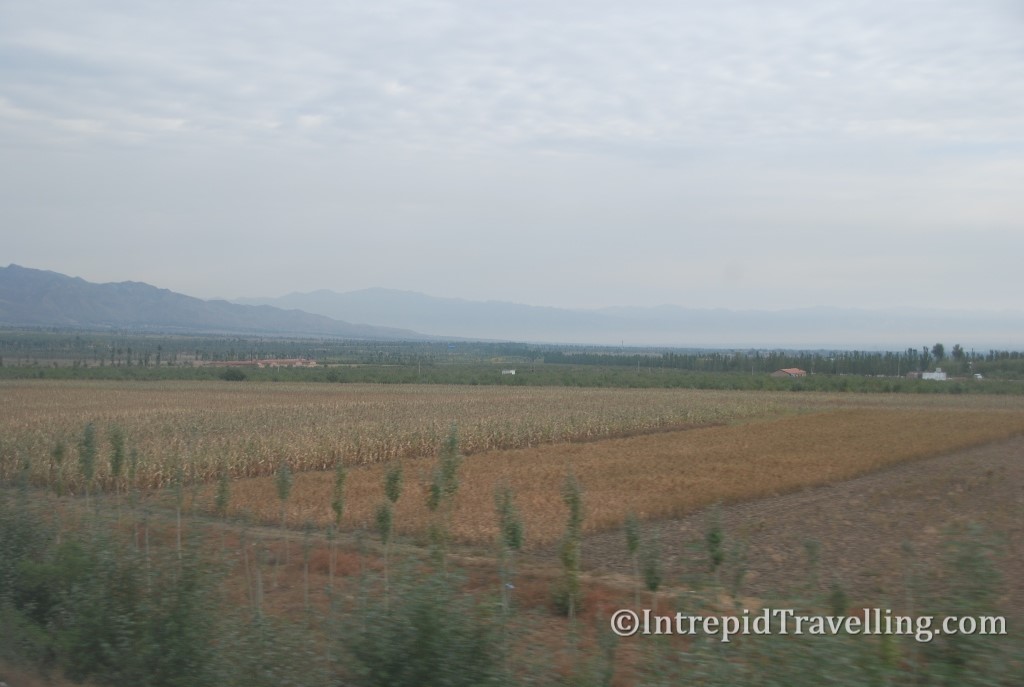
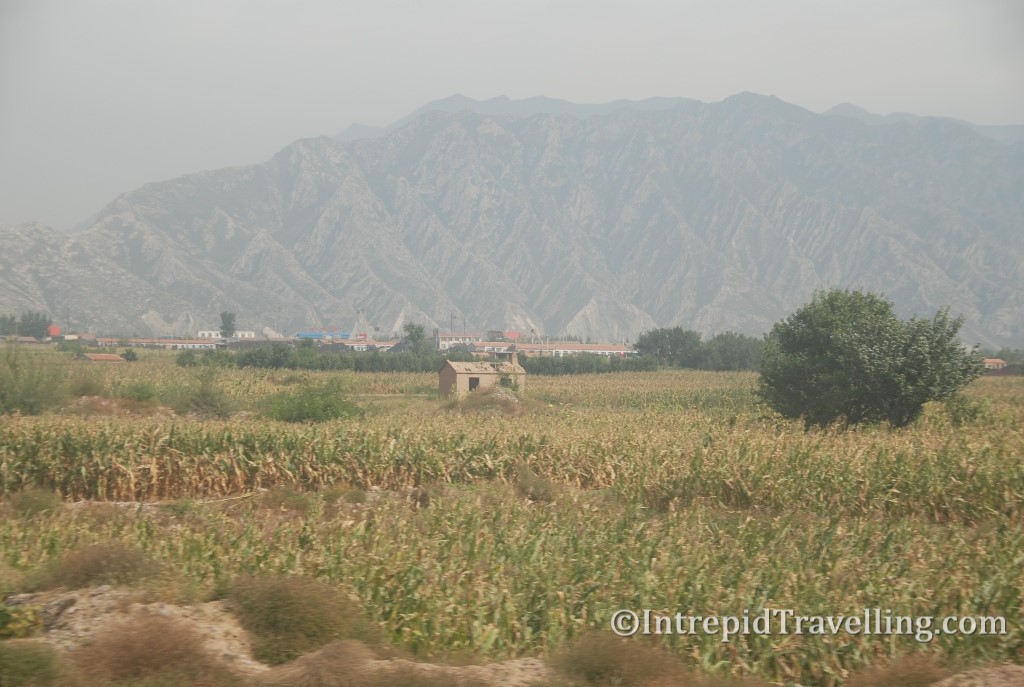
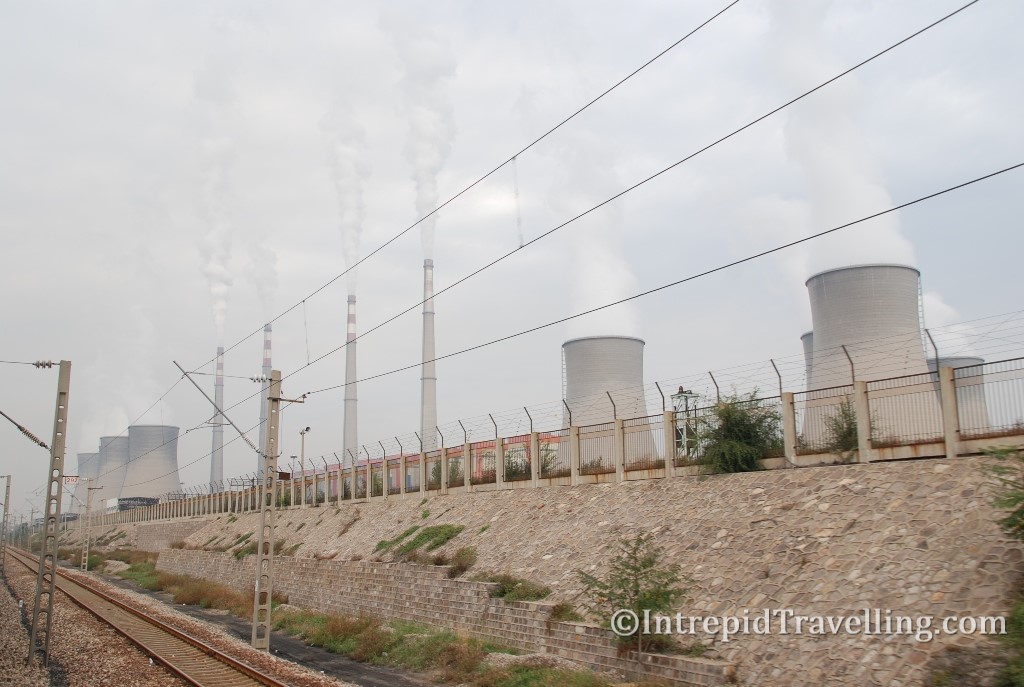
Crossing the Gobi Desert could be accused of being rather uneventful, however, if you keep your eyes peeled you’re bound to spot nomadic herdsman and their Yurts on the plains or the horizon. It’s pretty amazing to see in the desolation of the Gobi, people still ‘eking’ out an existence. The border crossing with China was a relatively quick and painless 2-3hours compared with the Russian border which ended up taking a full 6 hours. Again the train’s undercarriages would need changing on account of the railway widths being different to the standard width.
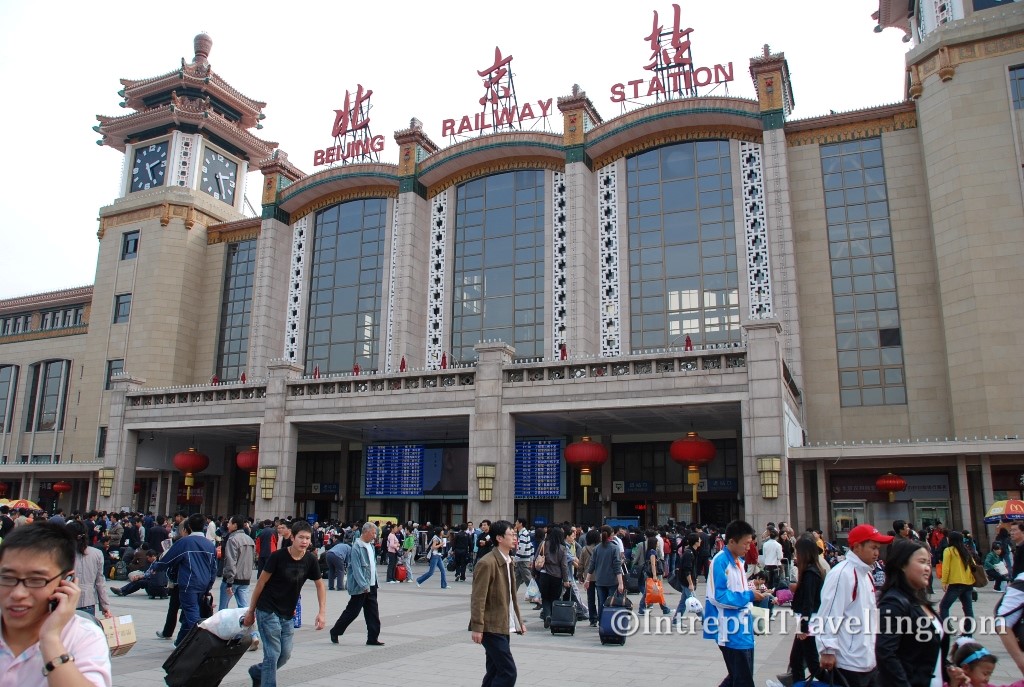
Finally, after a morning of travelling across China’s fertile interior, at 2.13pm on a Saturday, I had arrived into Beijing completing my intrepid journey across Russia and Mongolia via the trans-Mongolian railway and begin the month long intrepid exploration of China.
Trip Synopsis (Moscow to Beijing)
- Trains taken: 4
- Hours of traveling: 146
- Nights on the train: 6
- Distance: 7,865km (9,316km if Warsaw to Moscow added)
- Degrees of Longitude crossed: 80
- Cost of tickets: NZD $670 (about half what an agent will charge)
I still find it hard to believe there is a place so big that a train can travel in one direction for that long and not run out of land, the Asian continent is just massive.




